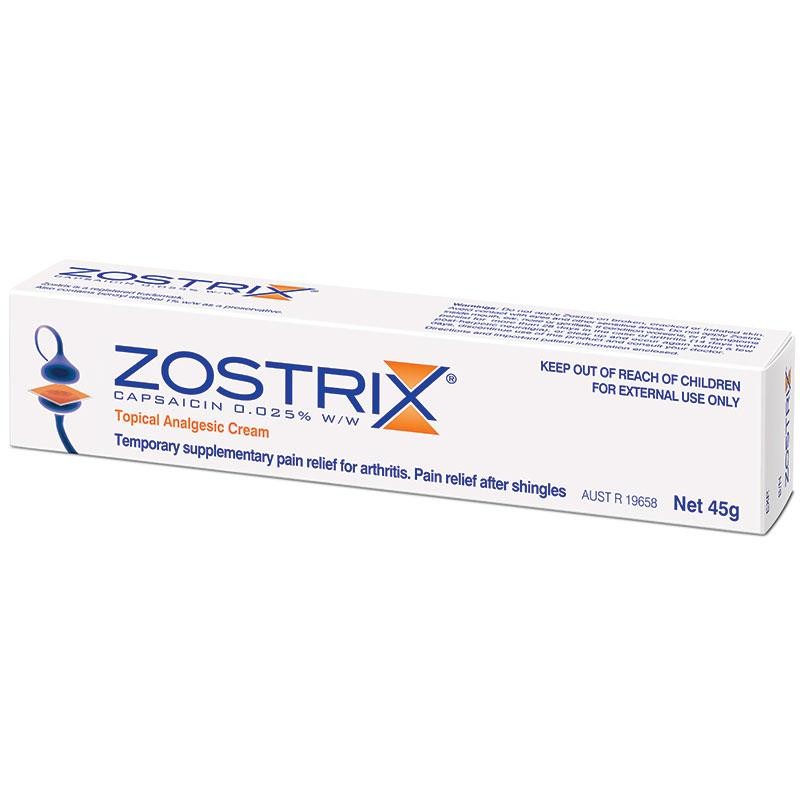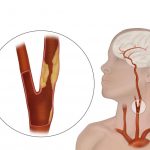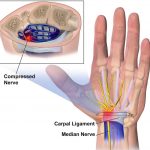
Contents
capsaicin – topical, Capsagel, Salonpas-Hot, Zostri
Medication Uses How To Use Side Effects Precautions Drug Interactions Overdose Notes Missed Dose Storage USES: This medication is used to treat minor aches and pains of the muscles/joints such as arthritis, backache, and sprains. It may also treat nerve pain. Capsaicin decreases substance P in your body, which helps pass pain signals to the brain. HOW TO USE: Use this medication on the skin only. Follow all directions on the product package. If uncertain, consult your doctor or pharmacist. For cream, gel, and lotion forms, apply a thin layer to the affected area and rub in gently and thoroughly. You may want to use a cotton ball/swab or latex glove to apply the medication to avoid touching it with your hands. Do not apply to the eyes, mouth, nostrils, or genitals. If the medication gets in those areas, flush with water. Also, do not apply to injured or irritated skin. Do not apply immediately before or after activities like bathing, swimming, sunbathing, or heavy exercise. Do not bandage or wrap the affected area or use a heating pad on it. Doing so may increase the risk of side effects. After applying, wash your hands unless treating the hands. If treating the hands, wait at least 30 minutes before washing. Use regularly to get the most benefit from it. To help remember, use it at the same times each day. It may take up to 2 months to work. Tell your doctor if your condition persists for more than 7 days, worsens, or keeps returning. If there is a serious medical problem, seek immediate medical attention. SIDE EFFECTS: Warmth, stinging, or burning may occur at the application site. If these effects persist or worsen, contact your doctor or pharmacist. Coughing, sneezing, watery eyes, or throat irritation may occur if you breathe in the dried residue. Use caution to avoid inhaling the residue. Serious side effects are rare, but seek immediate medical attention if you have any. This is not a complete list of possible side effects. Contact your doctor or pharmacist if you notice other effects not listed. In the US, call your doctor or FDA at 1-800-FDA-1088. In Canada, call Health Canada at 1-866-234-2345.
PRECAUTIONS: Tell your doctor or pharmacist if you are allergic to capsaicin, hot peppers, lidocaine, or other local anesthetics in your brand. This product may contain inactive ingredients that can cause allergic reactions or other problems. If you have injured/irritated skin in the affected area or are going to have an MRI test, consult your doctor or pharmacist. During pregnancy or breastfeeding, use this product only when clearly needed. It is not known whether this product passes into breast milk. Consult your doctor before breastfeeding. DRUG INTERACTIONS: If using this product under your doctor’s direction, your doctor or pharmacist may already be aware of possible drug interactions and may monitor you. Do not start, stop, or change the dosage without checking with your doctor or pharmacist first. Tell your doctor or pharmacist if you use other pain medications or capsaicin products containing lidocaine or other local anesthetics. This document does not contain all possible interactions. Tell your doctor or pharmacist of all the products you use. Keep a list of all your medications and share it with your doctor and pharmacist. OVERDOSE: This medicine may be harmful if swallowed. If swallowing or overdose is suspected, contact a poison control center or emergency room immediately. US residents can call their local poison control center at 1-800-222-1222. Canada residents can call a provincial poison control center. NOTES: Keep all regular medical and laboratory appointments. MISSED DOSE: Use as soon as you remember. If near the time of the next dose, skip and resume your usual dosing schedule. Do not double the dose. STORAGE: Refer to storage information printed on the package. If you have any questions about storage, ask your pharmacist. Keep all drug products away from children and pets. Do not flush medications down the toilet or pour them into a drain unless instructed. Properly discard this product when it is expired or no longer needed. Consult your pharmacist or local waste disposal company for proper disposal. Information last revised March 2013. Copyright(c) 2013 First Databank, Inc.
IMAGES
Related Disease Conditions
Shingles (Herpes Zoster)
Shingles, or herpes zoster, is a painful rash caused by the varicella zoster virus. Other symptoms include headache, fever, nausea, and body aches. Treatment focuses on pain management and shortening the duration of the illness with antiviral medications.
Peripheral Neuropathy
Peripheral neuropathy is a problem with the functioning of the nerves outside of the spinal cord. Symptoms may include numbness, weakness, burning pain (especially at night), and loss of reflexes. Possible causes may include carpel tunnel syndrome, shingles, vitamin or nutritional deficiencies, and illnesses like diabetes, syphilis, AIDS, and kidney failure. Diagnosis and treatment depend on the cause. Prognosis is usually good if the cause can be successfully treated or prevented.
Psoriasis
Psoriasis is a long-term skin condition that may cause large plaques of red, raised skin, flakes of dry skin, and skin scales. There are several types of psoriasis, including psoriasis vulgaris, guttate psoriasis, inverse psoriasis, and pustular psoriasis. Symptoms vary depending on the type of psoriasis the patient has. Treatment may include creams, lotions, oral medications, injections and infusions of biologics, and light therapy. There is no cure for psoriasis.
Arthritis (Joint Inflammation)
Arthritis is inflammation of one or more joints. When joints are inflamed, they can develop stiffness, warmth, swelling, redness, and pain. There are over 100 types of arthritis, including osteoarthritis, rheumatoid arthritis, ankylosing spondylitis, psoriatic arthritis, lupus, gout, and pseudogout.
Postherpetic Neuralgia
Postherpetic neuralgia (PHN) is a painful complication of shingles. Symptoms include severe pain, itchy skin, and possible weakness or paralysis of the area. There is no treatment for postherpetic neuralgia that is effective for all patients.
Postherpetic neuralgia (PHN) is a painful complication of shingles. Symptoms include severe pain, itchy skin, and possible weakness or paralysis of the area. There is no treatment for postherpetic neuralgia that is effective for all patients.


